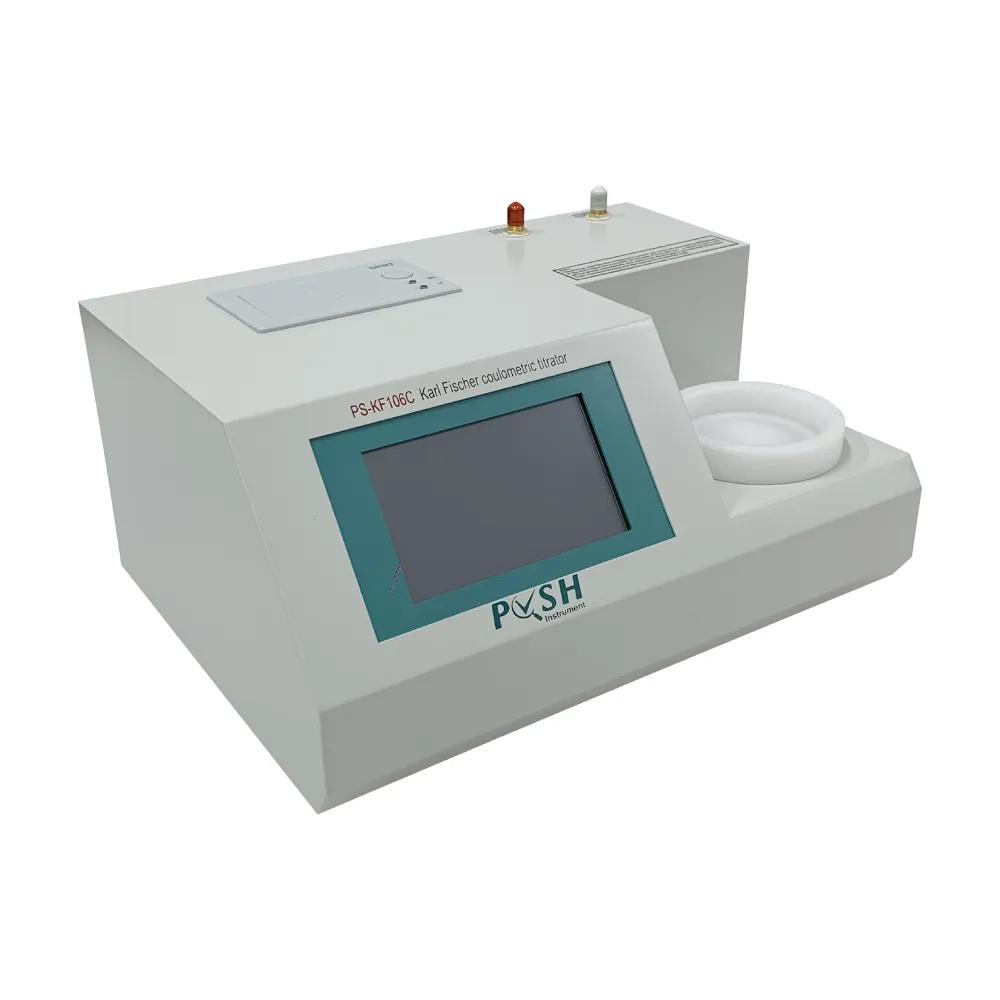 English
English



-
 Afrikaans
Afrikaans -
 Albanian
Albanian -
 Amharic
Amharic -
 Arabic
Arabic -
 Armenian
Armenian -
 Azerbaijani
Azerbaijani -
 Basque
Basque -
 Belarusian
Belarusian -
 Bengali
Bengali -
 Bosnian
Bosnian -
 Bulgarian
Bulgarian -
 Catalan
Catalan -
 Cebuano
Cebuano -
 China
China -
 China (Taiwan)
China (Taiwan) -
 Corsican
Corsican -
 Croatian
Croatian -
 Czech
Czech -
 Danish
Danish -
 Dutch
Dutch -
 English
English -
 Esperanto
Esperanto -
 Estonian
Estonian -
 Finnish
Finnish -
 French
French -
 Frisian
Frisian -
 Galician
Galician -
 Georgian
Georgian -
 German
German -
 Greek
Greek -
 Gujarati
Gujarati -
 Haitian Creole
Haitian Creole -
 hausa
hausa -
 hawaiian
hawaiian -
 Hebrew
Hebrew -
 Hindi
Hindi -
 Miao
Miao -
 Hungarian
Hungarian -
 Icelandic
Icelandic -
 igbo
igbo -
 Indonesian
Indonesian -
 irish
irish -
 Italian
Italian -
 Japanese
Japanese -
 Javanese
Javanese -
 Kannada
Kannada -
 kazakh
kazakh -
 Khmer
Khmer -
 Rwandese
Rwandese -
 Korean
Korean -
 Kurdish
Kurdish -
 Kyrgyz
Kyrgyz -
 Lao
Lao -
 Latin
Latin -
 Latvian
Latvian -
 Lithuanian
Lithuanian -
 Luxembourgish
Luxembourgish -
 Macedonian
Macedonian -
 Malgashi
Malgashi -
 Malay
Malay -
 Malayalam
Malayalam -
 Maltese
Maltese -
 Maori
Maori -
 Marathi
Marathi -
 Mongolian
Mongolian -
 Myanmar
Myanmar -
 Nepali
Nepali -
 Norwegian
Norwegian -
 Norwegian
Norwegian -
 Occitan
Occitan -
 Pashto
Pashto -
 Persian
Persian -
 Polish
Polish -
 Portuguese
Portuguese -
 Punjabi
Punjabi -
 Romanian
Romanian -
 Russian
Russian -
 Samoan
Samoan -
 Scottish Gaelic
Scottish Gaelic -
 Serbian
Serbian -
 Sesotho
Sesotho -
 Shona
Shona -
 Sindhi
Sindhi -
 Sinhala
Sinhala -
 Slovak
Slovak -
 Slovenian
Slovenian -
 Somali
Somali -
 Spanish
Spanish -
 Sundanese
Sundanese -
 Swahili
Swahili -
 Swedish
Swedish -
 Tagalog
Tagalog -
 Tajik
Tajik -
 Tamil
Tamil -
 Tatar
Tatar -
 Telugu
Telugu -
 Thai
Thai -
 Turkish
Turkish -
 Turkmen
Turkmen -
 Ukrainian
Ukrainian -
 Urdu
Urdu -
 Uighur
Uighur -
 Uzbek
Uzbek -
 Vietnamese
Vietnamese -
 Welsh
Welsh -
 Bantu
Bantu -
 Yiddish
Yiddish -
 Yoruba
Yoruba -
 Zulu
Zulu
cable insulation test standard
Understanding Cable Insulation Testing Standards
Cable insulation testing is a critical process in the electrical and telecommunications industries, ensuring the safety, reliability, and efficiency of electrical systems. The performance of electrical cables significantly depends on the quality of their insulation, which protects against electrical leakage and environmental damage. To maintain high standards of safety and performance, various testing methods and standards have been established globally.
One of the primary objectives of cable insulation testing is to ensure that the insulation material effectively prevents electrical currents from leaking and that it can withstand the operational conditions of its intended use. Insulation testing standards provide guidelines on how to assess these properties systematically. They outline the necessary procedures, conditions, and criteria to evaluate the integrity of cable insulation.
Types of Insulation Tests
Several types of tests are commonly employed to assess cable insulation
1. Dielectric Strength Testing This test measures the insulation's ability to withstand electrical stress without breaking down. A high voltage is applied between the conductor and the insulation, and the test determines the maximum voltage that the insulation can endure. Standards such as IEC 243 and IEEE 48 provide specification frameworks for performing dielectric strength tests.
2. Insulation Resistance Testing This test evaluates the insulation's electrical resistance. Using an insulation resistance tester, a voltage is applied to the cable, and the resultant resistance is measured. A high insulation resistance value indicates good insulation quality. Standards like IEC 61557 outline the procedures and acceptance criteria for insulation resistance testing.
3. Thermal Endurance Testing Insulation materials must function efficiently under varying thermal conditions. Thermal endurance tests evaluate how insulation materials perform when subjected to prolonged high temperatures. This testing helps predict the lifespan of insulation materials under continuous operational conditions. Standards such as ASTM D 2307 delineate the methods for thermal endurance testing.
4. Environmental Testing Cables are often exposed to harsh environmental conditions, including moisture, UV radiation, and chemicals. Environmental testing simulates these conditions to assess the resilience of insulation materials. Standards like IEC 60216 provide guidance on how to conduct environmental testing.
cable insulation test standard

Importance of Insulation Testing Standards
Adhering to established insulation testing standards is crucial for several reasons
- Safety Insulation failures can result in electrical shock, equipment damage, and fire hazards. Stringent testing ensures that cables meet safety regulations, protecting both personnel and property.
- Performance Well-tested cables perform reliably over their intended lifespan, reducing the risk of operational downtime and costly repairs.
- Compliance Many industries require compliance with specific standards. Passing insulation tests ensures that cables meet regulatory requirements.
- Quality Assurance Regular testing helps manufacturers identify and rectify defects in the insulation process. This practice fosters continuous improvement and maintains high-quality production standards.
Conclusion
Cable insulation testing standards are essential for ensuring the quality and reliability of electrical cables. By implementing rigorous testing methods, industries can safeguard against potential failures that could lead to safety hazards or financial losses. As technology advances, testing methods and standards will continue to evolve, but the fundamental goal remains the same to ensure that insulation materials effectively protect and prolong the life of electrical systems. In this ever-developing industry, consistency and adherence to established testing standards remain paramount in promoting safety and efficiency across applications.
-
Testing Equipment Industry Sees Major Advancements in 2025: Smart & Precision Technologies Lead the WayNewsJun.06,2025
-
Applications of Direct Current Generators in Renewable Energy SystemsNewsJun.05,2025
-
Hipot Tester Calibration and Accuracy GuidelinesNewsJun.05,2025
-
Digital Circuit Breaker Analyzer Features and BenefitsNewsJun.05,2025
-
Benefits of Real-Time Power Quality Monitoring Devices for Industrial EfficiencyNewsJun.05,2025
-
Earth Fault Loop Testing in High-Rise Building Electrical SystemsNewsJun.05,2025



